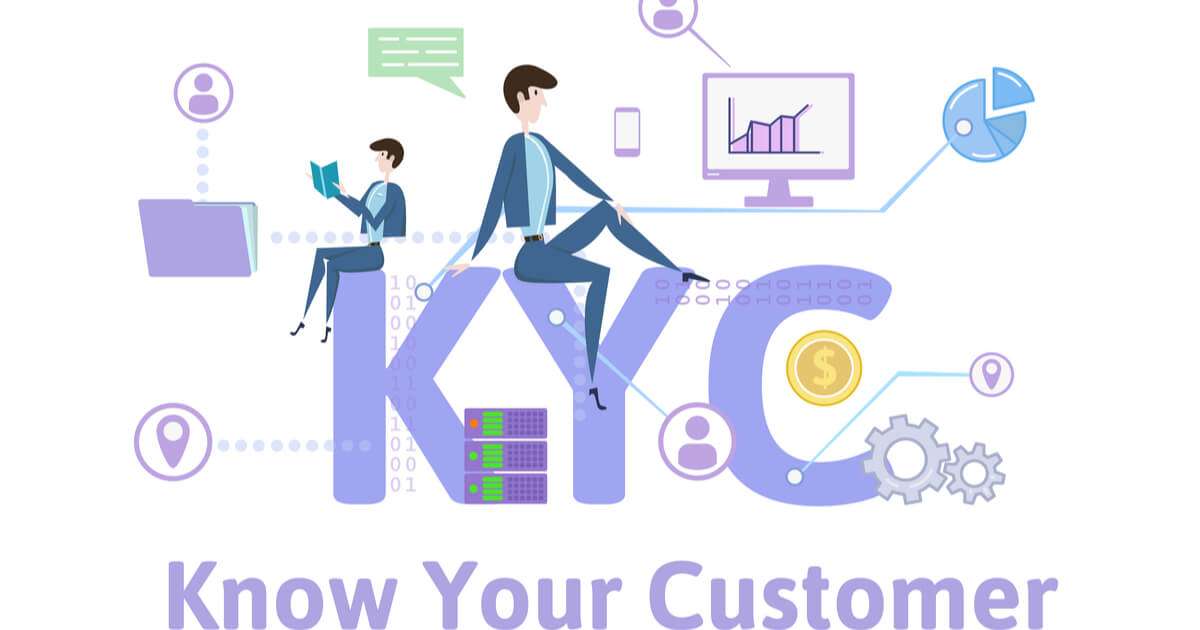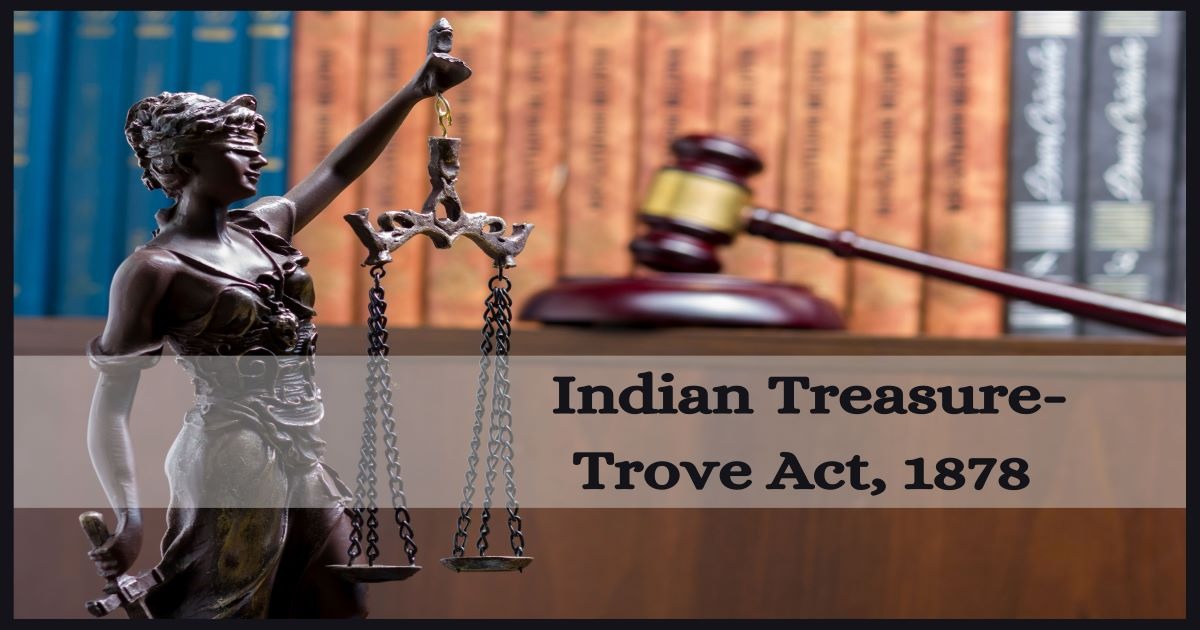Several organizations including business sectors and financial institutions have made KYC an important procedure to identify the real identity of their customers, agents, employees, etc to eliminate any fraud. Without Aadhaar consent, authentication gets restricted. In this article, we will learn about KYC or Know Your Customer and why Aadhaar number has been linked to it. Besides this, we will cover the advantages, the need for Aadhar number, and other related information about Aadhar based e-KYC.
About Aadhaar based e-KYC
KYC refers to “Know Your Customer” is a process that verifies the identity of an individual, his suitability, and checks for risks of illegal motives or frauds. All the mobile companies and financial institutions have made Aadhaar Card KYC an important document. You don’t need to provide many documents, instead, an Aadhaar card will serve the purpose of identity proof as well as address proof. The entire process of KYC is time-consuming as it checks several documents. To save time and provide a hassle-free service, the UIDAI has introduced e-KYC services in their official portal to perform electronic verification of all the documents. This e-KYC can be submitted to the banks via an online platform. You don’t need to be physically available for documents submission.
The demographic and biometric data of an Aadhaar cardholder along with the Aadhaar number is submitted to the Central Identities Data Repository or CIDR. The data verification is performed here. It checks whether the document submitting is tamper-proof or not. Thus helps in eliminating frauds. The Aadhar authentication is performed to allow the residents of India to provide their proof of identity to the service providers and enjoy benefits. According to the latest RBI norms, all banks and Fintech companies allow account opening process with Aadhaar number and customer e-KYC. Thus Aadhar has been accepted as an officially valid document. Only after your consent, banks can have access to your information.
What is an Aadhaar?
Aadhaar is a unique identification number provided by the UIDAI or the Unique Identification Authority of India, a statutory authority established under the jurisdiction of the Ministry of Electronics and Information Technology, by the Government of India, under the provision of the Aadhaar Act 2016. This 12 digit number is unique for every resident of India and passport holders. It is issued depending on the biometric data and the demographic data and doesn’t consider any caste, religion, income, etc. The biometric information includes ten fingerprints, photographs, and two Iris scans. The Aadhaar card acts as an identity and address proof. It is a valid document containing name, address, and an Aadhaar number, and has been made mandatory to link with a host of services provided by the government. This service may include an LPG connection, opening a bank account, subsidized ration, and several welfare schemes like EPFO, pension schemes, etc. The Aadhaar authentication is maintained by the Aadhaar Verification Service. If an individual is already enrolled under the National Population Register, then enrolling for Aadhaar number is not required. An individual can enroll only once. With Aadhaar, an applicant’s criminal records can be checked easily from the National Crime Records Bureau database. Aadhaar is a part of Digital India that aims to provide electronic governance.
About Aadhaar consent
Consent refers to an individual’s willingness. It preserves the dignity and security of an individual. Any organisation who is requesting your Aadhaar number needs your consent. Under the Aadhar Act, 2016 the need for Aadhar consent is made necessary as a purpose of authentication. The service provider needs to inform you about the nature of the information and the manner of how your data will be used. Once you understand everything, the Aadhaar consent form will be handed over to you by the provider. The Aadhar consent form maintains a template provided by the UIDAI and needs to be recorded in the form of paper or electronic format. A log of consent information must be kept by the provider so that you have a complete right to access that information in case of Aadhaar Authentication. You can also revoke your consent. Once you revoke, the service provider is bound to delete your identity information. This ensures the proper usage of your information.
The process of Aadhar authentication involves three actors – UIDAI, the service provider and you. Only you and the service provider knows about how the data is used. The service provider records the purpose of authentication.
The Government has made Aadhaar card linking with several government services mandatory. This service may include opening a bank account, mobile sim cards, various welfare services like an LPG connection, etc. After the LPG connection, availing subsidized food grains also requires an Aadhaar. It is important to ask consent for use of Aadhar information for PDS, or in banks, by insurance companies or any other service providers.
Advantages of e-KYC services
The advantages of e-KYC services are –
- It is an instant authentication verification process and is in real-time.
- It is simple and time-saving.
- It is performed on user consent.
- It is a safe method. Confidential information is safely shared with relevant KYC User Agencies.
- The security and the piracy of the data is maintained as it gets transferred through UIDAI’s internal encrypted software. Forgery of documents is minimal.
- The costs in comparison to paper-based are minimal.
About Aadhaar offline e-KYC
Aadhaar offline e-KYC is a machine-readable XML file signed by the UIDAI digitally. You don’t need to provide the photocopy of your Aadhaar letter anymore. Instead, download the KYC and share it with the agencies. It is an easy and convenient way, as well as saves time and is hassle-free. They can verify the authenticity of the documents by using their face or OTP authentication and detect any kind of tampering or frauds. The data in the file is encrypted using “Share Phrase”.
The information in the e-KYC XML file includes –
- Name
- Address
- Reference Number
- Gender
- Photograph
- Date of Birth or Year of Birth
- Mobile Number
The advantages of Aadhaar offline e-KYC are –
- There is no requirement of biometrics for data verification.
- The e-KYC data is accessible by the Aadhaar cardholder on a single request.
- The information provided is reliable and tamper-proof as it can be accessed through the main UIDAI database.
- Cardholders’ privacy is maintained.
- It is a voluntary service leaving a choice to the cardholders to either share or restrict sharing of the data.
- The information of the cardholder is secured by the KYC User Agency or KUA.
- The data is protected. Whenever a KYC data is asked from KUA, the Aadhaar number is not provided instead another reference ID is yielded and it is used to finish the process.
How to access Aadhaar Paperless e-KYC?
To access the paperless e-KYC data an individual must have an Aadhaar card. Then follow the steps –
- Visit UIDAI official website
- Go to Aadhaar services
- Select Aadhaar Paperless Offline e-KYC option.
- Enter 12-digit unique ID number or Virtual ID.
- Enter the security code.
- Click on Send OTP.
- Enter the OTP received in the registered mobile number for verification.
- Download Aadhaar Paperless Offline e-KYC form.
- Fill all the required information and submit it.
- The information will be downloaded as an XML file and signed by the UIDAI.
If you want to share offline e-KYC data then you need to download it and share with the requested agency through physically, or digitally. If the information is of high resolution then the file format preferred is XML or PDF.
Also Read : How to download and print the Aadhaar Card Online?
FAQs:
Q1. How can I generate Offline Aadhaar?
Ans. Follow the steps to generate Offline Aadhaar-
● Visit https://resident.uidai.gov.in/offlineaadhaar
● Enter 12 digit Aadhaar number or Virtual ID
● Enter the security code or Captcha code.
● Click on ‘Send OTP’ or ‘Enter TOTP’
● Enter the OTP, sent in your registered mobile number, or TOTP which is sent in your m-Aadhaar mobile application.
● Enter a share code that will act as the password for the zip file.
● Click on ‘Download’.
● The file will be downloaded in XML format and will have a digital signature.
Q2. Why is Aadhaar Offline Paperless e-KYC document different from other identification documents produced by residents offline?
Ans. The Aadhaar Offline Paperless e-KYC document is digitally signed and is provided by the UIDAI which certifies the demographic contents to be authentic and is tamper-proof. Other documents lack technological means to prove their authenticity. Thus there are chances of some faulty documents and it remains ignored by the service provider causing illegal issues.


























































